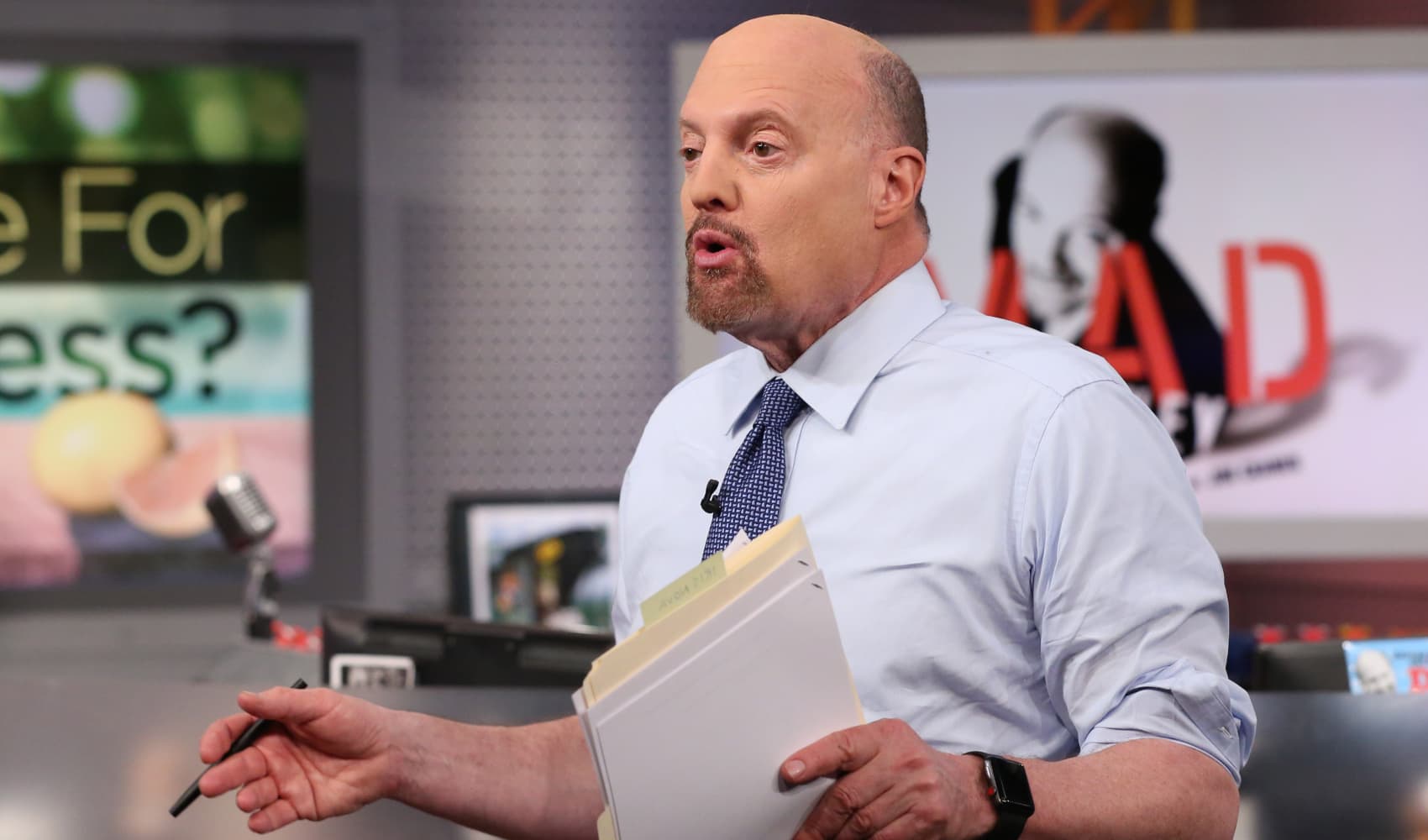
- C-suite acronyms have become an in-group dialect all their own. Now, add another four-letter variant to the mix: CAIO — chief artificial intelligence officer.
- The number of companies with a "Head of AI" position globally more than tripled in the five years ending in 2023.
- But slapping on a chief AI officer label without the right foundation to sustain it can do more harm than good.
C-suite acronyms have become an in-group dialect all their own. Now, add another four-letter variant to the mix: CAIO — chief artificial intelligence officer. The title has grown in popularity across all sectors at organizations like eBay, the U.S. Department of Defense and many more.
The number of companies with a "Head of AI" position globally more than tripled in the five years, and since December 2022 grown by 13%, according to LinkedIn's latest report on AI at work. Meanwhile, more than a quarter of leaders say the CAIO is the most urgent hiring priority when preparing for the future, lagging only behind a range of engineers and AI research scientists, according to Alteryx's Enterprise of the Future report.
Despite this upward trend, many executives — including CAIOs themselves — recognize that slapping on a chief AI officer label without the right foundation to sustain it can do more harm than good.
Get DFW local news, weather forecasts and entertainment stories to your inbox. Sign up for NBC DFW newsletters.
Nick Elprin, co-founder and CEO of Domino Data Lab, a platform that centralizes the work of AI- and data-forward companies, says he sees two common pitfalls when it comes to incorporating a CAIO in an organization.
"The most common problem I see is the expectations and responsibility that are put on the chief AI officer aren't matched with a commensurate degree of authority," said Elprin. "Otherwise, there's just a figurehead being asked for advice, but they're not able to control their destiny."
The second problem, Elprin adds, is hiring someone who is narrowly technical for the role. "Companies shouldn't conflate a chief scientist with a chief AI officer," he said.
Money Report
Prag Mishra, Chief AI Officer of Armada, a company that builds modular and ruggedized data centers for AI workloads in remote and harsh industrial operations, agrees. He says CAIOs must be able to communicate AI in layman's terms so other decision makers can understand. "The way we understand the implications of using AI needs to become clear across the entire senior management," Mishra said.
At the same time, not all organizations are suitable or equipped for the CAIO role at all.
Elprin believes that large, multinational organizations and those with federated, self-contained business units may not need a CAIO. "Those organizations are doing so much of their own thing that I don't think there's a lot of point in having a global, overarching, enterprise wide CAIO," he said.
At the other end of the market cap spectrum, Sol Rashidi, data and AI strategic advisor and self-professed "recovering C-suite executive" (formerly of Estee Lauder, Merck, Sony Music, Royal Caribbean and more), says there are certain organizations that are just too small for a CAIO at this point. "I don't think it requires the gravity of such a role," she said. "There are a lot of off-the-shelf solutions that they can leverage." For small, AI-centric companies, an overarching chief experience office (CXO) that owns the end-to-end process may be enough to get the job done.
Still, that lack of suitability is likely to evolve as AI becomes more integral across all types of organizations.
"Do all companies need a CAIO? Right now, they don't," Mishra said. "But as they transform and go through this whole journey to becoming a data-driven, AI-driven company, they will increasingly need someone who advocates for the right AI practices at the top." He anticipates many more companies will need an AI executive over the next few years to a decade.
The end use of AI
There must be a valid reason for employing both a CAIO and AI itself, experts say.
"We don't do AI for the sake of AI," Rashidi said.
The primary objective should be to understand how the CAIO contributes to the end goal or bottom line, Mishra said. "Everybody wants to employ AI, the boards are pressuring the companies to use AI, but to what end?" he added. That, plus measuring the impact of the CAIO through quantifiable assessments, ensures a purposeful mission.
Whatever the product, a CAIO doesn't act alone. "You have to relinquish an element of control because there are a lot of dependencies on a lot of your peers," Rashidi said. She adds that for a truly transformational impact, a CAIO must learn to play in the sandbox with other executives and teams. Mishra adds that the worst thing a company can do is place CAIOs distant from their peers in the organizational architecture.
Still, there must be some clear delineation between roles. "When there are roles with overlapping decision areas, that leads to a little bit of friction and turnover," Mishra said. Identifying the division of labor between closely related C-suite roles — like the CAIO, chief information officer and chief technology officer, for example — does not mean using a hierarchical escalation process between executives, making this a thin line to walk.
Through all of this, CAIOs should be working in collaboration with chief risk officers and chief compliance officers. "They should be thinking about how we make sure the way we're building AI is responsible and we've got AI safety and governance practices in place," Elprin said.
Rashidi, who was the go-to-market leader for IBM Watson after the natural language processing computer beat Ken Jennings and Brad Rutter on "Jeopardy"! in 2011, says deploying AI use cases requires a CAIO that thinks both of what's possible and practical. This means balancing high intelligence as well as emotional, social, and business smarts.
The CAIO of the future
All things considered, the CAIO role is still novel. Experts agree an evolution is inevitable. "We need someone to own the evangelization, but whether you own the development or strategy is TBD," Rashidi said. But having someone maniacally focusing on pushing AI solutions to the finish line is very much welcomed for C-suites already inundated with their own strategic priorities, often working 60–100 hours per week, she added.
For Mishra, the letter C in his CAIO role, for "chief", is not what matters, but there is a weight to this position. "There's somebody who needs to be very much responsible for the implementation and understanding the deployment and the impact," he said.






